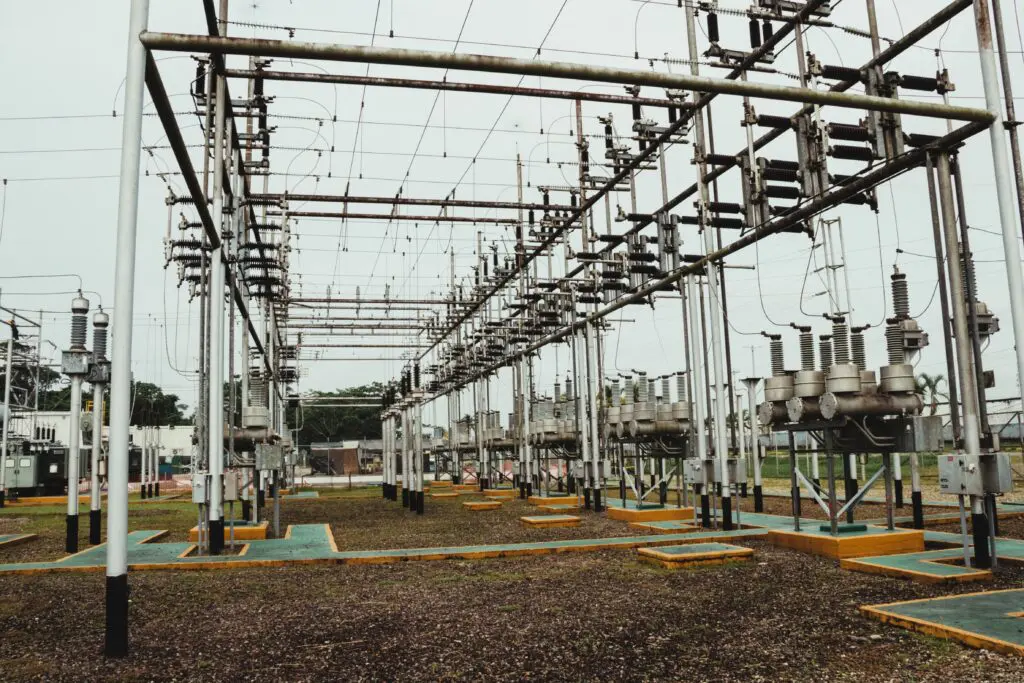In accordance to the SBICAPS Report on Power Sector: Transmission as a Counter-Balance to Evolving Regional Balance of Power, India stand in need of ₹8.2 trillion investment for the advancement of its transmission infrastructure and by 2030, incorporate 500 GW of renewable energy capacity.
The report spotlight that in order to meet the targets for renewable energy integration and the surging demands for power, the frequency of annual transmission expansions should be increased by twofold.
In May 2024, fuelled by data centres, electric vehicles and industrial growth, India’s power demand outreached the pinnacle of 250 GW.
Furthermore, in FY25, the nation’s energy contribution has made an advancement of 5.3 percent year-to-date, accompanied by increased anticipation because of northern frigid weather and complementary base effects in Q4.
Advancement in Renewable energy
During the past year, India’s installed capacity was supplemented with 30 GW, of which 75 percentage was sourced from renewable energy.
Following years of downturn, wind energy installations elevated parallel to the adoption of energy storage systems (ESS).
Storage integrated renewable energy contracts has increased from 5% in FY20 to 33% in FY25, illustrating an advanced prominence on 24/7 clean energy solutions.
Inspite of this advancement, the report raises concerns on lack of evacuation infrastructure and delays in power purchase agreement (PPA) hindering the utilisation of renewable capacity.
Challenges of transmission augmentation
The report analysed the need to attach 114,687 circuit kilometres of transmission lines and 776 GVA of substation capacity between April 2022 and March 2027.

While in October 2024, an average of 28 percent of the vital transmission lines and 20 percent of the substation capacity have been appointed. Doubling of annual additions especially in North-West and West-South corridors may facilitate the attainment of targets.
Recently, 33 percent of India’s installed capacity is attributed by the West, and its share is anticipated to decline to 25 percent by 2032 since the renewable growth deviates to the North (Rajasthan and Ladakh) and the South (Tamil Nadu, Karnataka and Andhra Pradesh). This will in turn facilitate notable transmission capacity that links renewable energy hubs with demand centers.
Needs for funding and policy
The ₹8.2 trillion investment comprises of ₹1 trillion in equity and ₹2.3 trillion in additional debt that must be raised by March 2027. Despite the fact that banks and other financial institutions will be primarily accountable for debt financing, the report implies that Infrastructure Investment Trusts (InvITs) may play a vital role in recycling equity capital.
Future predictions
The report emphasizes the significance of combined efforts between policymakers, investors and private sector so as to expedite transmission development. In order to assist India’s decarbonization and energy security goals, the report highlights the vitality of meticulous planning, streamlined approvals, and innovative funding sources.
